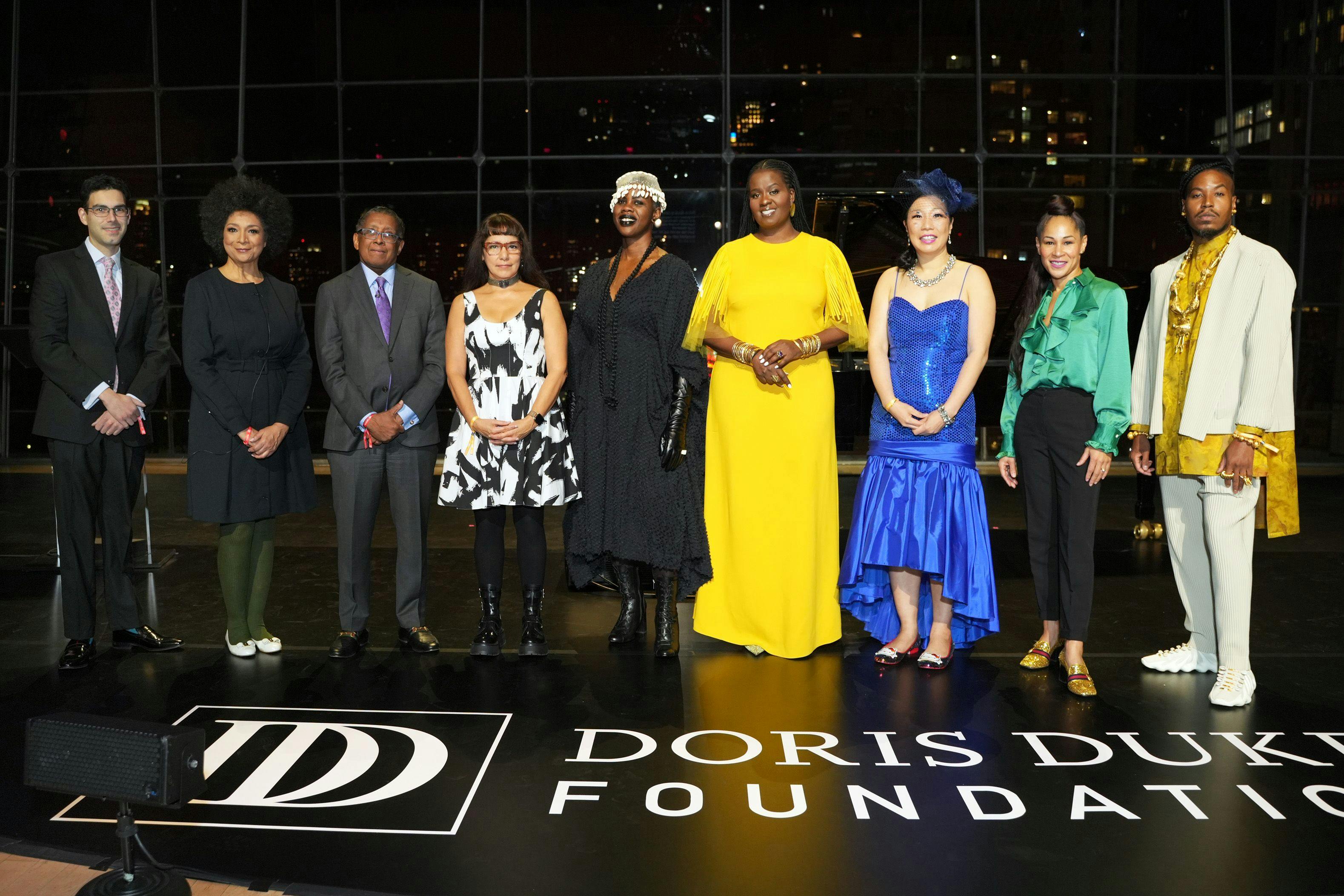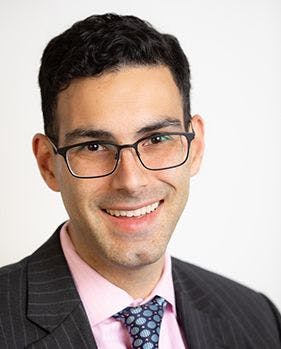The Future of Arts Philanthropy is Supporting the Whole Artist
Sam Gill
Eiko Otake performs at the 10th Anniversary Celebration of the Doris Duke Artist Awards at Appel Room, Jazz at Lincoln Center on February 13, 2023 in New York City. Photo by Sean Zanni/Patrick McMullan via Getty Images.

Few sectors in philanthropy are so rife with contradiction as the arts in general and the performing arts in particular. We venerate the performing arts as having a limitless social value and a substantial spectator value. The former is a staple of our discourse, and the latter shows up in eye-popping fundraising numbers for new performance venues—which are often misperceived as a reliable proxy for public support for artists themselves. Yet we are so accustomed to subjecting working performing artists to penury that we regard the leitmotif of “the starving artist” as a badge of honor rather than a stain on the contemporary artistic economy.
Instead, we should invest in performing artists at a level commensurate with the social value of the arts. It’s a simple idea, but it will require funders, patrons, and audiences to fundamentally rethink how we support performing artists. Ten years ago, the Doris Duke Foundation (DDF) did just that. We took a new approach to our longstanding commitment to performing artists in contemporary dance, jazz and theater, prompted by a few key trends.
The plight of the working performing artist, while always grave, was worsening. Musicians, actors, dancers and choreographers were earning well below the median annual income. In fact, even more recently, the average dancer or choreographer was earning barely twice the poverty rate.[1] Then, in the mid-90s, the National Endowment for the Arts abandoned funding to individual artists. This loss of support rippled through the system, fundamentally undermining an economic lifeline that had, for decades, kept many afloat.
The philanthropic sector had been principally funding performing artists through restrictive measures such as a grant to commission or perform a specific work. This was not intrinsically objectionable, but it had the unfortunate effect of paying artists only for a specific act of production and often failed to cover the entire costs of creating new work, leaving artists themselves holding the bag. It also didn’t account for whether anyone was paying artists for the parts of their lives that existed outside of the working day.
DDF tried a new approach: we’d focus expressly on supporting the artist as a whole human being rather than just a creative producer. This materialized as the Doris Duke Artist Awards, a $50 million commitment to funding individual performing artists. At the time, this was the single largest private commitment exclusively for performing artists.
The core of the program was an annual cohort of artists selected through a peer nomination and judging process. Each grantee received a $275,000 unrestricted cash award. In fact, artists were discouraged from using the funds to develop new work (although they were not barred from doing so). Instead, foundation staff encouraged artists to look after their life needs, including and especially those related to basic economic well-being. Since its inception, the program has made awards to 129 artists—not including our latest cohort.
Ten years later, here’s what we’ve learned: Supporting the artist as a whole person can unleash a qualitatively different level of aesthetic creativity and excellence.
Many awardees report taking risks and trying new ideas as a result of the time, space and flexibility the award’s financial largesse enables them. Dancemaker Eiko Otake, who rose to prominence as part of the duo Eiko & Koma, was able to launch a celebrated and influential solo career. Choreographer Elizabeth Streb created a version of her uniquely physical and inventive show that could tour, exposing far more audiences to her work.

Recognizing great artists brings visibility and attention to great art. Doris Duke Artists have won or been nominated for dozens of major awards, including the MacArthur Prize, the Gish Prize and countless Tonys, Grammys and Emmys—awards that both affirm their artistic excellence and help to visibly celebrate their contributions to the sector.
And finally, creative approaches to funding can influence the structure of creative financing. Many grantmakers have come to us to learn how best to support artists. For example, the program includes a novel match incentive for retirement planning, which encourages artists to dedicate a portion of the income they receive while at their earnings peaks to prepare for later years when revenue might not be generated as abundantly. This is consistently one of the most asked-about features of the program.
What we hadn’t figured out in the first decade of the program was how to meaningfully arrest any of the aforementioned negative trends that essentially imperil the persistence and existence of performing artists in our society. Now, On the 10th anniversary of the program, we’re evolving again. We kept the basic elements of our selection process and a fundamental commitment to unrestricted support.
But we also made some adjustments. We doubled the size of the award to $550,000. We did this because greater financial flexibility would return exponentially in creativity, and we wanted to signal even more loudly and forcefully the indispensability of adequate support for performing artists. Beyond that, the Doris Duke Artist Award has evolved from a mere award to a platform. We will begin convening Doris Duke Artists for what they are—a dynamic community of the greatest living performers. We will invest in new programming to illuminate the true material conditions of creativity, and we will develop new research to help cultural leaders, policymakers, and others accurately assess how best to support performing artists and the benefits of doing so. We underwrote all of this with a new $30 million commitment to the Doris Duke Artist Awards program.
Our goal is not just to strengthen great artists—although that will happen—but cajole our society into investing in performing artists at a level commensurate with the social value we derive from the arts.
We do this by supporting the artist not as a creative producer but as a whole human being. The rest will take care of itself.
The premise is simple—our society benefits from abundant performing arts. Great performing arts require great artists. Great artists are people, and they need the same support and material well-being as anyone else. Put otherwise, when artists thrive, we all thrive.
